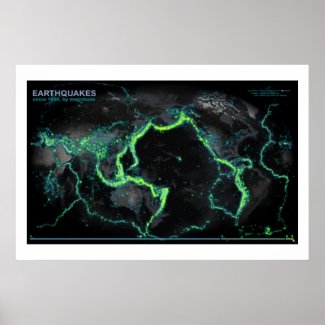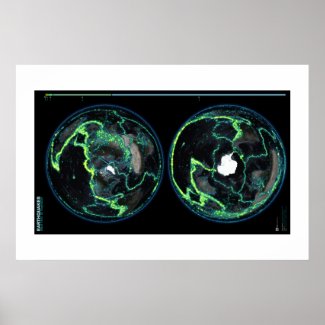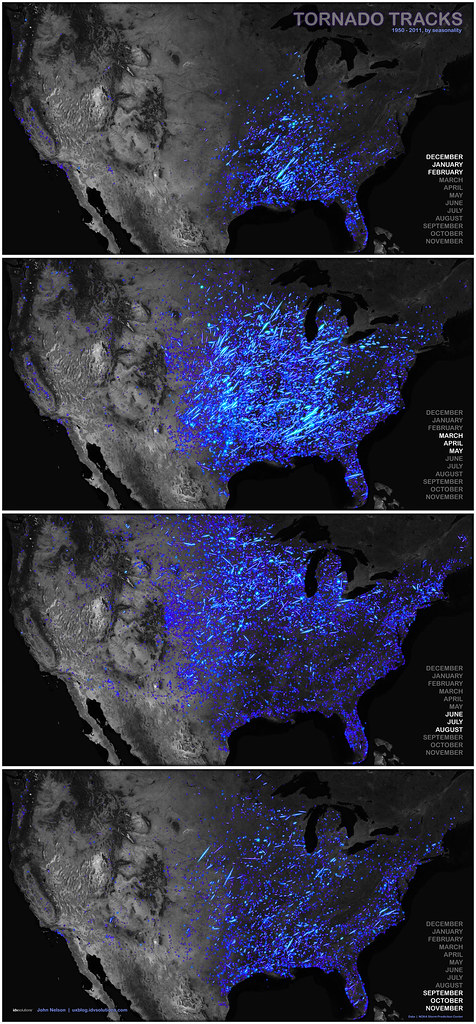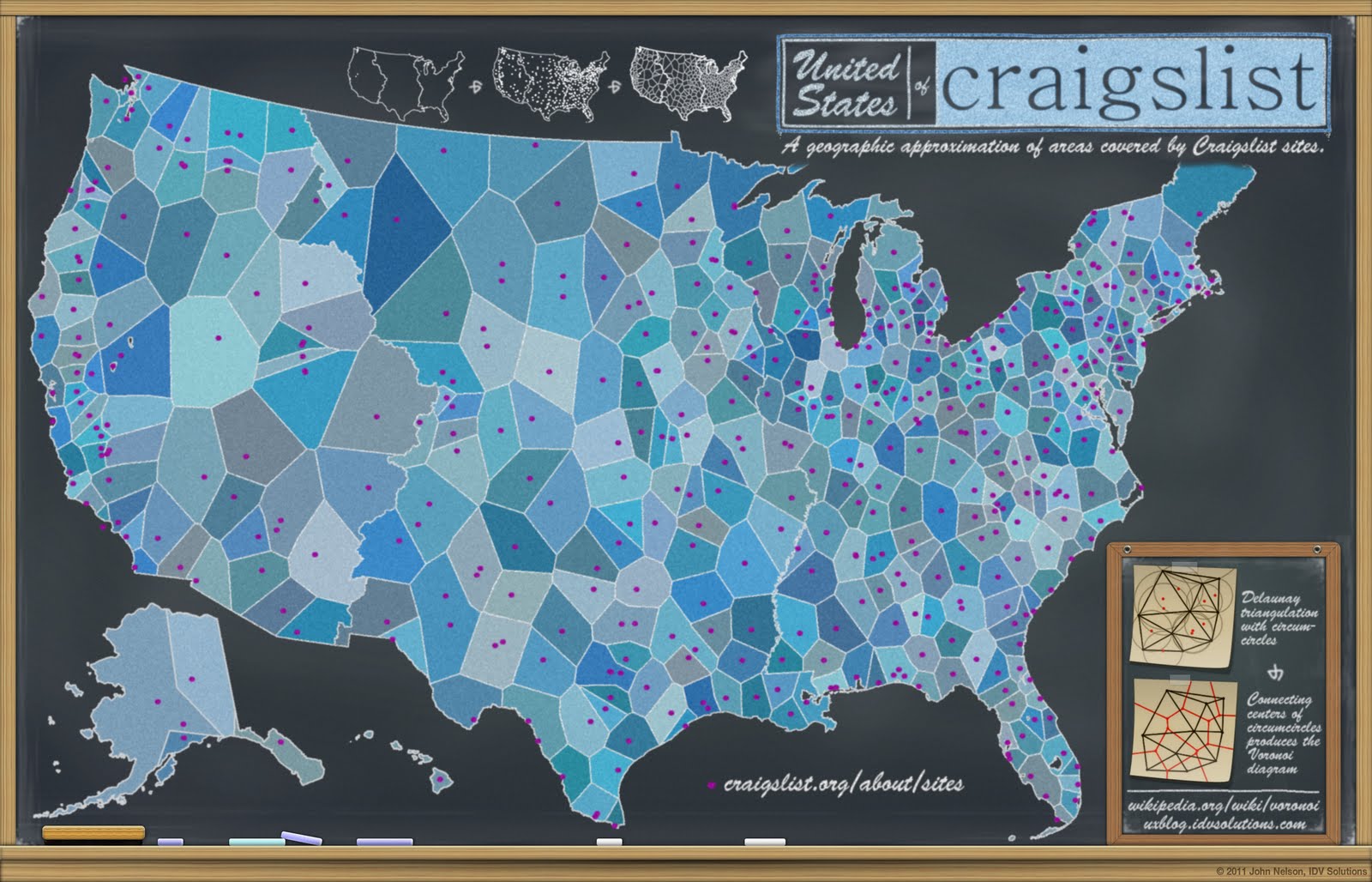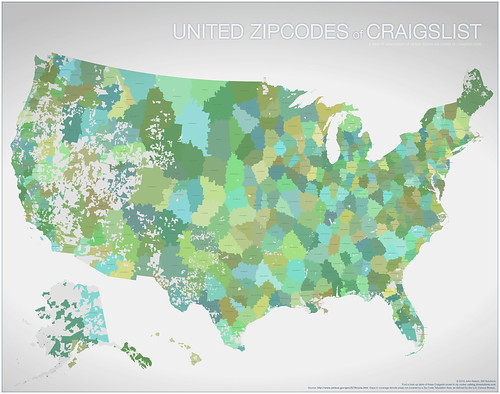This image was made up of tweets that either contain the word "love" or "hate" sampled randomly over a few weeks. They also happen to be geo-tagged, so this army of cartographic agents assemble themselves into a relative distribution of love and hate in New York City...
See that island of love in the upper left portion of the map? What's going on there? Turns out, it is an island of overwhelmingly positive sentiment whipped up by concert goers at the New Meadowlands Staduim! And what's the deal with the enclave of love on Essex between Delancey and E. Houston? Check out the love on Broadway, and even Hell's Kitchen. Clear structure.
Patterns of hate tend to not be as clustered and distinct as love, but they do seem to assemble themselves into seams and corridors that I'd guess have to do with people hating traffic. Does anybody know which roads look especially hate-inducing (I don't know NYC that well)?
Here are some insets that I found interesting, but I wonder if more fluent New Yorkers detect others...
Favorable reviews on Broadway.
A generally cool Jersey City crowd.
Folks just loving Essex.
Glum tweets at La Guardia.
Stuck in traffic?
Overall, a pretty positive Midtown.
Structured love in Brooklyn.
Loving the Queens Library.
Concert-goers love what they see.
A happy neighborhood in the West East 80s.
We've been working with the Twitter API lately as a way of not just supplementing risk/opportunity applications but as an honest-to-goodness source of spatially and temporally referenced sentiment. While many maps will plot the locations of tweets, that visual becomes much more meaningful when the stream of tweets is filtered by some keyword. The result is a spatial arrangement of...something. That something can be tangible, like "bridge," (tweets rush in to show you exactly where bridges are) or something a little more vague like neighborhood names (tweets assemble themselves into tight groups that look an awful lot like a political map), all the way to ethereal topics like...love and hate. When these abstract keywords are paired with their reasonable opposites, an
emotional map begins to form, a map of the relative proportion of the two that paints in pockets of love and corridors of hate that are distinct, forming clear and heterogeneous patterns. For what it's worth, even areas of pretty thorough mixing tend to show structure as well.
Mountains of social data, when viewed broadly and categorically, can illustrate trends as they happen and where they happen and the results are timely, barometric, and potentially surprising. It's also pretty fun.
Check out poster print options here so you can hang this proudly in your loft with park views and exposed brick...
http://www.zazzle.com/nyc_constellations_of_love_and_hate_print-228998422729947885?gl=IDVSwag&rf=238195331830200304



